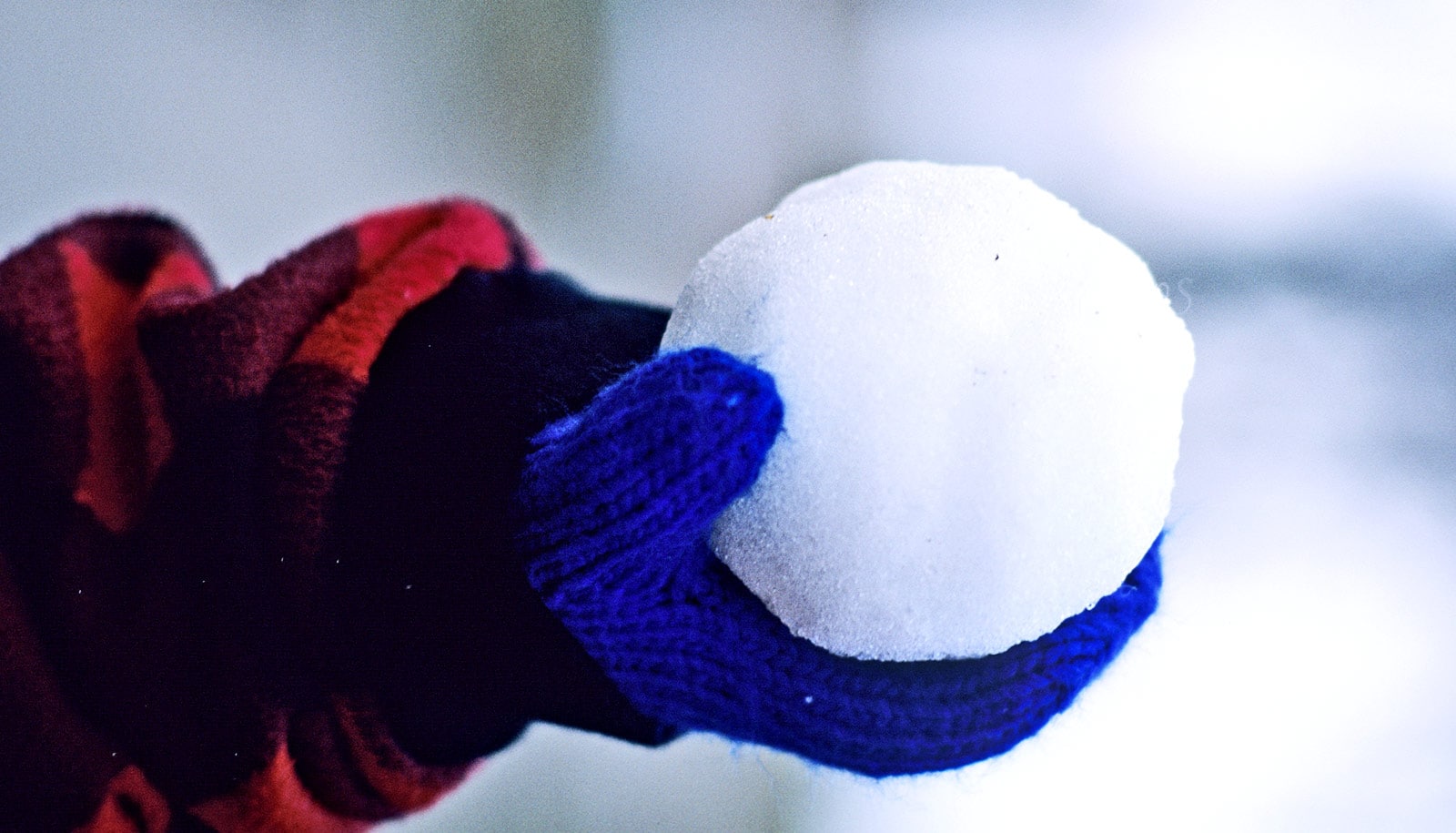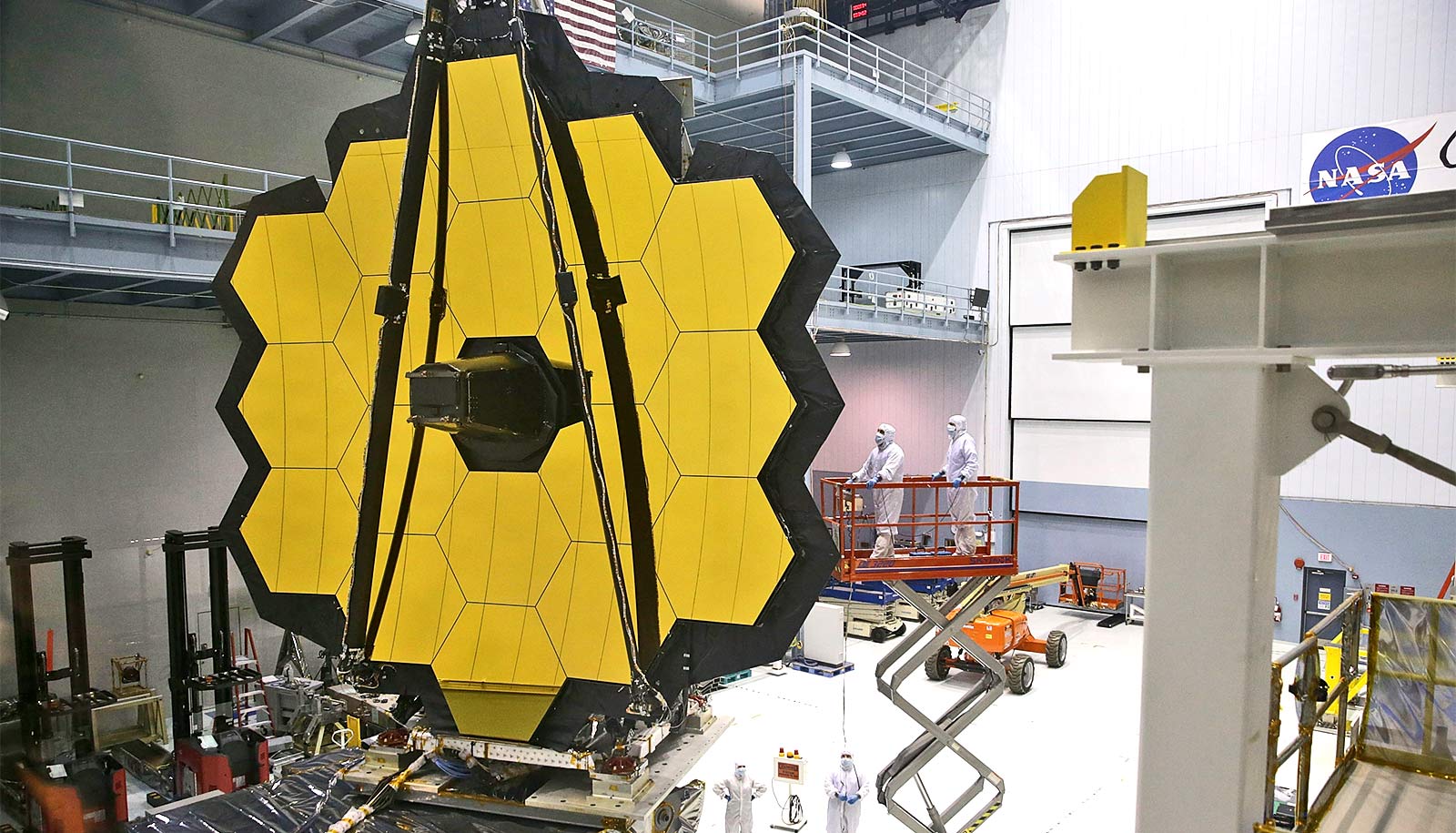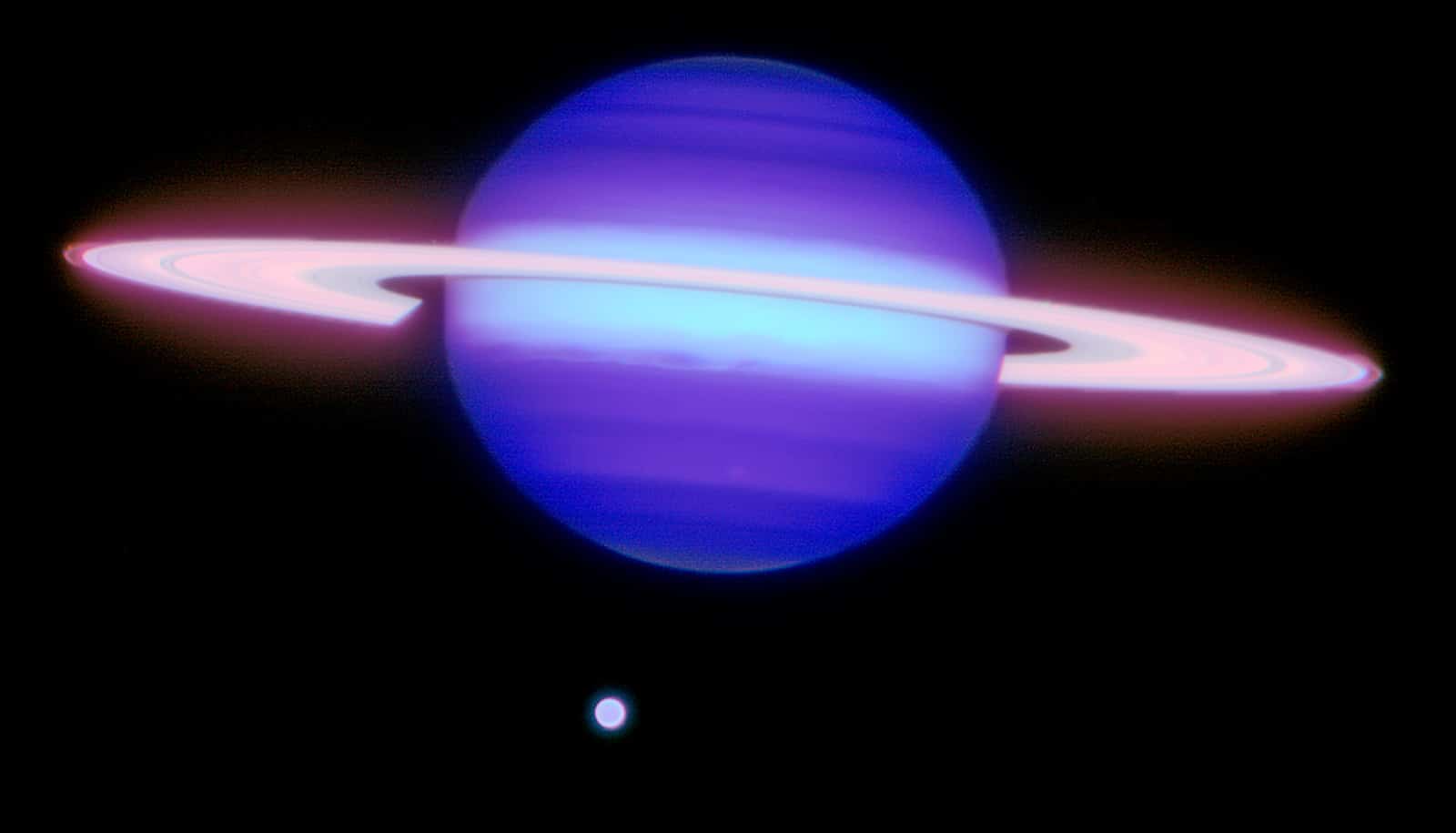Aspects of an otherwise Earthlike planet’s tilt and orbital dynamics can severely affect its potential habitability—even triggering abrupt “snowball states” in which oceans freeze and surface life is impossible—according to new research.
The research indicates that locating a planet in its host star’s “habitable zone”—that swath of space just right to allow liquid water on an orbiting rocky planet’s surface—isn’t always enough evidence to judge potential habitability.
Russell Deitrick, lead author of a paper that appears in the Astronomical Journal, says he and coauthors set out to learn through computer modeling how two features—a planet’s obliquity or its orbital eccentricity—might affect its potential for life. They limited their study to planets orbiting in the habitable zones of “G dwarf” stars, or those like the sun.
A planet’s obliquity is its tilt relative to the orbital axis, which controls a planet’s seasons; orbital eccentricity is the shape, and how circular or elliptical—oval—the orbit is. With elliptical orbits, the distance to the host star changes as the planet comes closer to, then travels away from, its host star.
The Earth hosts life successfully enough as it circles the sun at an axial tilt of about 23.5 degrees, wiggling only a very little over the millennia. But, Deitrick and coauthors asked in their modeling, what if those wiggles were greater on an Earthlike planet orbiting a similar star?
Previous research indicated that a more severe axial tilt, or a tilting orbit, for a planet in a sunlike star’s habitable zone—given the same distance from its star—would make a world warmer. So Deitrick and team were surprised to find, through their modeling, that the opposite reaction appears true.
“We found that planets in the habitable zone could abruptly enter ‘snowball’ states if the eccentricity or the semi-major axis variations—changes in the distance between a planet and star over an orbit—were large or if the planet’s obliquity increased beyond 35 degrees,” says Deitrick, who did the work while at the University of Washington and is now a postdoctoral researcher at the University of Bern.
The new study helps sort out conflicting ideas proposed in the past. It used a sophisticated treatment of ice sheet growth and retreat in the planetary modeling, which is a significant improvement over several previous studies, says coauthor Rory Barnes, professor of astronomy at the University of Washington.
“While past investigations found that high obliquity and obliquity variations tended to warm planets, using this new approach, the team finds that large obliquity variations are more likely to freeze the planetary surface,” he says. “Only a fraction of the time can the obliquity cycles increase habitable planet temperatures.”
Barnes says Deitrick “has essentially shown that ice ages on exoplanets can be much more severe than on Earth, that orbital dynamics can be a major driver of habitability, and that the habitable zone is insufficient to characterize a planet’s habitability.” The research also indicates, he adds, “that the Earth may be a relatively calm planet, climate-wise.”
World’s most powerful camera can spot planets drowned by starlight
This kind of modeling can help astronomers decide which planets are worthy of precious telescope time, Deitrick says: “If we have a planet that looks like it might be Earth-like, for example, but modeling shows that its orbit and obliquity oscillate like crazy, another planet might be better for follow-up with telescopes of the future.”
The main takeaway of the research, he adds, is that “We shouldn’t neglect orbital dynamics in habitability studies.”
Additional coauthors are from the LESIA Observatoire de Paris, Weber State University, and the University of Washington.
The research used storage and networking infrastructure provided by the Hyak supercomputer system at the University of Washington, which a student technology fee funds. The NASA Astrobiology Institute also supported the work through the university-based Virtual Planetary Laboratory.
Source: University of Washington



